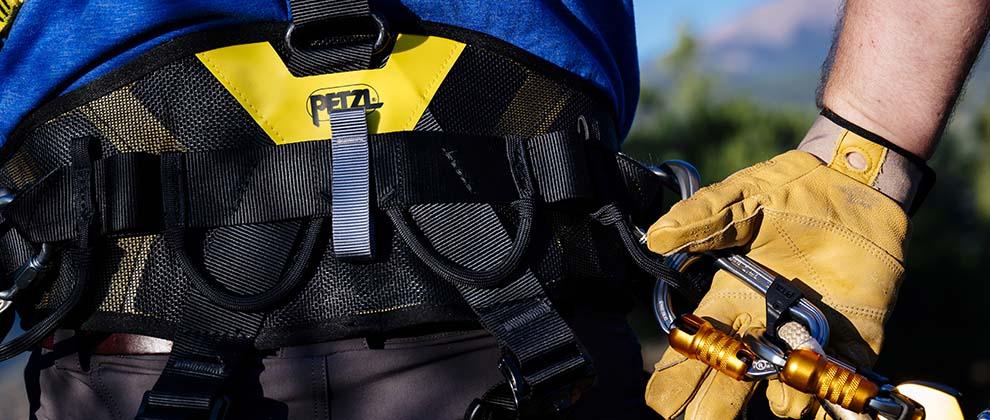What to Look for in a Rope Access Harness: A Buyer’s Guide

Selecting the right rope access harness is critical for anyone working at height. Unlike basic safety belts, these harnesses are designed for long hours of suspension, offering both protection and comfort. The wrong choice can lead to fatigue, reduced efficiency, or even accidents. Workers need a harness that distributes weight evenly, provides reliable support, and meets safety standards. This guide breaks down the essential factors to consider before making a purchase, enabling buyers to make informed choices that strike a balance between safety, durability, and practicality.
What Makes a Rope Access Harness Essential
A rope access harness system depends heavily on the harness. Its purpose goes beyond keeping a worker tied to a rope. A well-built harness ensures stability, allows efficient movement, and minimizes pressure points during suspension. It must also support multiple attachments for climbing, descending, or rescue operations.
Key Features to Check Before Buying
When reviewing options, the following features should guide the decision:
1. Attachment Points and D-Rings
Look for strong, well-placed attachment points. These are critical for fall arrest, positioning, and rope connections. The side, front, and dorsal points should all be secure and easily accessible.
2. Material and Webbing
Durability starts with quality webbing. Polyester or nylon webbing reinforced with abrasion resistance ensures longevity. Consider exposure to sunlight, chemicals, or heat when choosing material.
3. Buckles and Adjustability
Harnesses must fit snugly. Quick-release or auto-locking buckles make adjustments easier and safer. Adjustable leg loops and waist straps ensure stability.
4. Comfort and Padding
Suspension can become painful if padding is lacking. Wide, cushioned straps reduce pressure on thighs, waist, and shoulders, making long tasks more bearable. Before moving on, it is worth remembering that comfort and durability are equally important to safety. Buyers should check both rather than prioritising one.
Certification and Safety Standards
Safety certification confirms reliability. Always verify that the harness meets standards such as EN, ANSI, or ISO. These labels prove that the harness has been tested for load, endurance, and fall protection. A harness without a valid certification should not be considered.
Fit and Proper Sizing
A secure fit is essential. Buyers should try the harness while wearing work gear, adjust all straps, and simulate movement such as bending or stretching. A poor fit can cause slipping, discomfort, or even increased risk during suspension.
Durability and Maintenance
No harness lasts forever, but high-quality construction can extend its service life. Reinforced stitching, corrosion-resistant buckles, and heavy-duty webbing indicate durability. Regular inspections for fraying, broken stitching, or deformed hardware ensure the harness remains safe and secure. Cleaning after use and storing in a dry place also helps.
Cost Versus Value
While price often influences decisions, it should not take precedence over safety. A budget harness may be suitable for occasional use, but frequent users benefit from premium models. A higher-priced rope access harness often delivers better padding, stronger materials, and longer life, making it a cost-effective choice in the long run.
Common Mistakes to Avoid
Many buyers overlook critical aspects. Some focus only on price, while others ignore fit or buy uncertified gear. Avoid keeping a harness beyond its recommended lifespan or neglecting regular inspections. Being aware of these mistakes helps buyers make safer choices.
Conclusion
A rope access harness is more than a tool; it is a lifeline that protects workers in challenging environments. The right choice strikes a balance between safety standards, comfort, adjustability, and durability. Buyers should inspect materials, attachment points, certification, and fit before making a decision. Spending wisely on a reliable harness reduces risks and ensures better productivity during long hours at height. By considering these points, users invest not only in equipment but also in their safety, comfort, and peace of mind.


